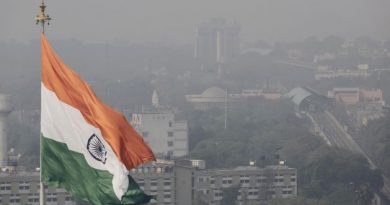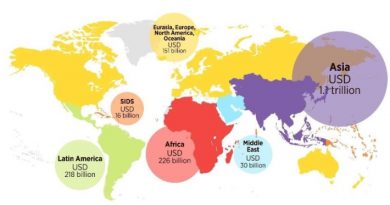Only 12% of Indian Cities Have Air Quality Monitoring Stations: CSE Study

It also said that only 200 of these cities monitor all six key criteria pollutants. This is when compliance with the National Ambient Air Quality Standards (NAAQS) and clean air targets under the National Clean Air Programme (NCAP) requires robust air quality monitoring.
The analysis pointed out that nearly 47 per cent of the country’s population remained outside the maximum radius of the air quality monitoring grid (manual and real time combined), while 62 per cent is outside that of the real time monitoring network.
CSE’s assessment has analysed the adequacy of the air quality monitoring network and air quality data, spatial spread, population coverage and data completeness in the country. This has considered both manual monitoring under the National Air Quality Monitoring Programme (NAMP) and real time monitoring under the Continuous Ambient Air Quality Monitoring System (CAAQMS). The key focus is on adequacy and completeness of the PM2.5 data.
The study covers 883 manual stations and 409 real time stations. It has accessed and analysed publicly available data from the websites and publications of Central Pollution Control Board (CPCB) as of December 31, 2022. The extent of population coverage by the monitoring grid and the population estimates are based on the 100 m x 100 m spatial distribution of population in 2020, developed by the WorldPop research programme of the School of Geography and Environmental Sciences at the University of Southampton.
Air quality reported by a station is understood to be accurate representation of ambient air in its 2-km radius, while it can also be fairly representative of a 2-10 km radius around the station. Without major topographical or human-made features the air quality reported at a station can also be a good proxy for ambient air 10-50 km around the station. This method is drawn from the 2019 UNICEF report on assessment of coverage of children by monitoring stations in Africa that also accounts for the population overlaps.
“Limited air quality monitoring makes it challenging to identify non-attainment status of a vast number of towns/cities and regions and also impedes effective evaluation of clean air action and improvement in air quality needed for evaluation of performance of clean air action, especially under the 15th Finance Commission grant. More harmful PM2.5 and ozone are not considered for compliance under NCAP due to limited monitoring and data,” says Anumita Roychowdhury, executive director, research and advocacy, CSE.
She also added that it was necessary to ensure more equitable distribution of monitors and adoption of hybrid monitoring with a standardised and certified air sensor network and satellite-based monitoring with appropriate protocols for maximum and cost effective coverage of population to support action.
“The current monitoring network also faces the challenge of inadequate data generation, lack of data completeness and poor quality control of monitoring. This makes air quality trend assessment difficult to establish compliance with clean air targets. The current urban monitoring grid is highly concentrated in a few big cities and there are vast areas in other regions with no monitoring. This needs to be rationalised to cover a wider population and habitats to support implementation of clean air action plans, provide information to public about the daily risks and design emergency response and longer term action,” adds Avikal Somvanshi, senior programme manager, urban lab, CSE.
Key findings
–Number of manual monitoring stations has doubled since 2010.
–Number of real time monitoring stations has grown 20-fold since 2010
–Only 476 of 4,041 cities/towns have air quality monitoring stations (manual or real time).
–Air quality monotoring grid falls short of the recommended guidelines,
–47 per cent of the population lives outside the 50-km radius coverage of combined manual and real time air quality monitoring network.
–Only Chandigarh, Delhi and Goa have full population coverage under the combined monitoring network.
–62 per cent of people live outside the 50-km radius coverage of real time air quality monitoring network.
–Less than 200 cities monitor all six criteria pollutants.
–Only 43 districts have their whole population monitored for all six criteria pollutants.
–Less than half of the manual stations have PM2.5 monitors and only 51 stations meet the 104 days of minimum monitoring.
–Half the manual stations meeting minimum requirement of 104 days of monitoring in a year are located in just two states.
–Over 70 per cent of real time stations meet minimum data completeness requirement




